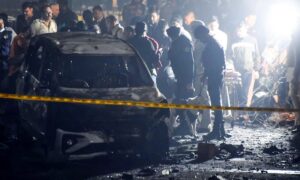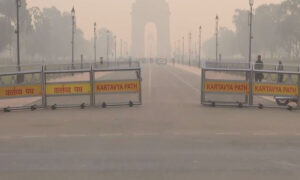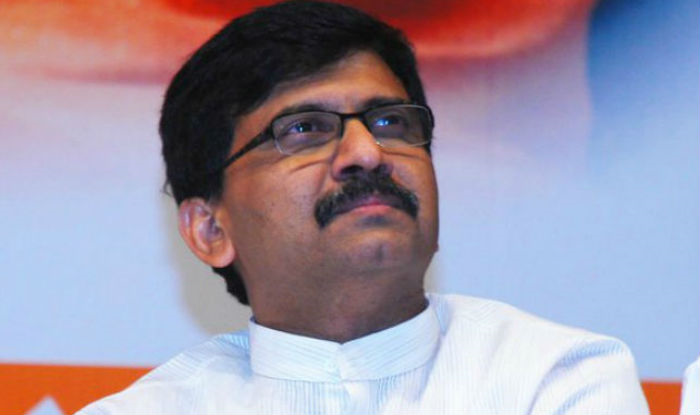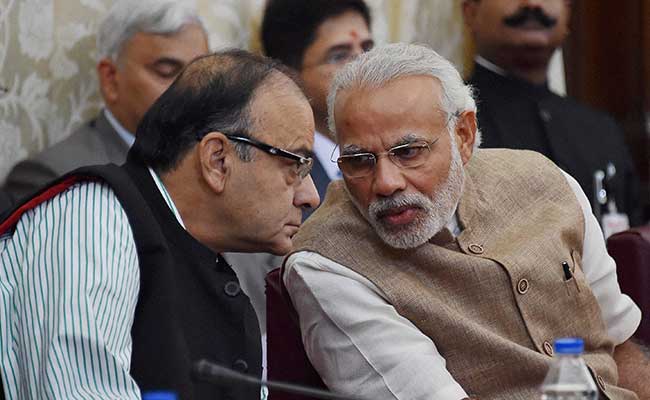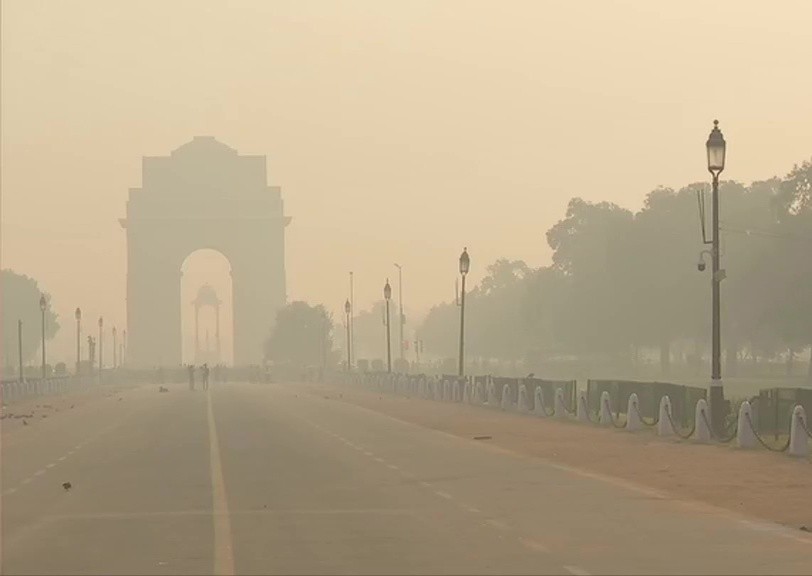
Picture : ANI / X
Just like the overwhelmingly enthusiastic preparations begin to celebrate Diwali, people gear up to bear environmental brunt in the form of Air pollution, once the festival is over. Each winter, as Delhi wakes under a grey sky and the thick smoke, the city dreads to relive similar crisis year-by-year. Schools close, flights are delayed, and citizens scramble for masks as the Air Quality Index (AQI) routinely breaches 400 — the “severe” mark. It is a chronic public health emergency. And yet, year after year, we treat it as a passing nuisance rather than a structural failure.
For a decade, Delhi has been the world’s most polluted city, with other Indian cities close behind. A recent study calculated that the 30 million people living in and around the capital could have almost 12 years taken off their lives due to its catastrophic health impacts.
Much of the blame for the pollution is directed at farmers who have only a short turnaround between harvesting their rice crops and planting wheat. The quickest and cheapest way to prepare the fields is to burn them – a practice known as stubble burning. The wind blows the polluting smoke from these fires from the fields of Punjab and Haryana over into Delhi, where, due to the meteorological conditions, it often hangs over the city in a thick cloud.

The practice was made illegal in 2015 but still continues, though somewhat abated. In previous years, stubble burning contributed up to 50% of the Delhi’s pollution in this early winter period. It has now come down to about 30%. Experts and environmentalists say farmers are only a small part of the problem and that treating pollution as seasonal – with a singular cause and geographically restricted to one city – is hampering efforts to solve it.
Delhi suffers from high pollution almost throughout the whole year. It’s coming from the transportation sector and the millions of cars on the roads; it’s coming from coal-burning power plants; it’s coming from waste that is piling up in Delhi’s landfills or being burned; it’s coming from all this non-stop construction of highways and flyovers. Figures show that it is the millions of cars, scooters and auto-rickshaws on Delhi’s roads that are the worst emitters of PM2.5, the deadly small particles that pose a particular health risk. But there are few incentives to get residents out of private vehicles: the metro is seen as poorly connected and expensive and the bus system is underfund and overloaded.
As the pollution crisis hits it annual peak, authorities bring in emergency methods, ranging from closing schools to stopping construction and banning highly polluting vehicles from the roads. Costly smog towers, which have little scientific backing, have been constructed to supposedly suck the pollution from the air – to little effect – and this year the Delhi authorities deployed drones to spray water into the air.
Despite the drastic health impacts, pollution is still not a major political issue in India and rarely features in election campaigns. Authorities need to enforce regulations on big polluting industries, including the country’s coal-fired power stations and steel plants who are freely flouting the laws. Temporary efforts to control the pollution will never show the results and the lax attitude of the authorities is making the public at large with their health. The city is certainly losing it’s charm to be liveable!




